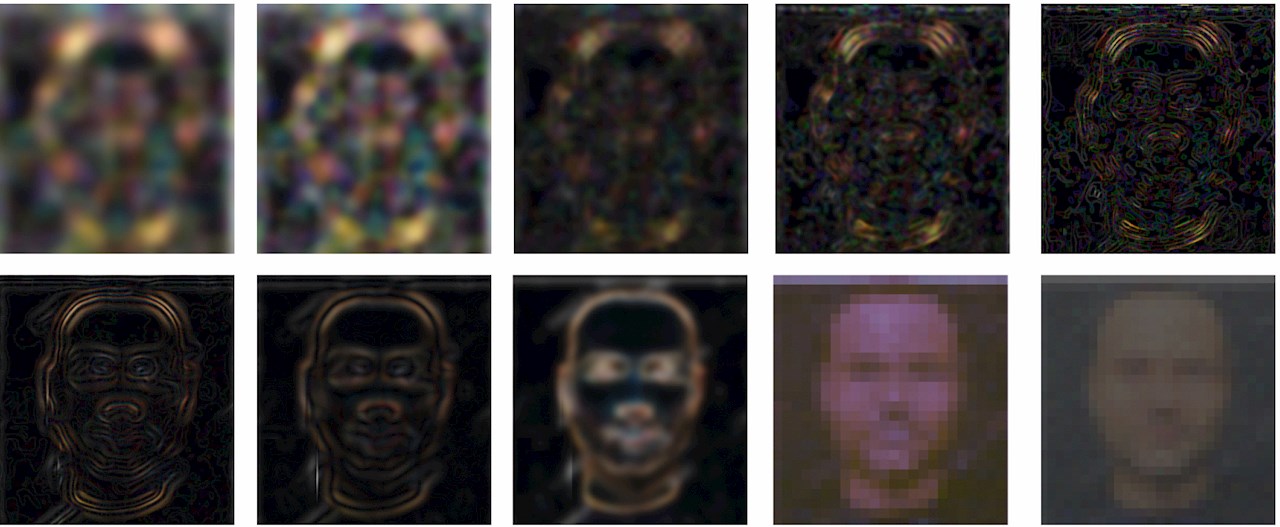The seventh installment of ABB Review’s Buzzword Demystifier delves into the depths of “deep learning.”
Divya Sheel ABB Corporate Research Center, Bangalore, India, divya.sheel@in.abb.com
Deep learning is a way of automatically learning successive layers of increasingly meaningful representations from data. These representations can then be used to detect a pattern or to classify the data. For example, →1 shows just a few of many images from individual layers that learn increasingly refined representations of data. By layer 3, recognizable features can be learned, such as a face. Tens or hundreds of these successive layers may be used to develop such representations.

Successive layers of representations are learned using neural networks – a class of machine learning model. Traditionally, neural networks would learn only a few layers of representations due to inadequate training data or lack of computing power. However, recently, this situation has completely reversed, making it easier to train more layers. The more successive layers, the deeper the network. Hence, “deep learning”.
In most traditional machine learning approaches, raw data is not processed automatically. Instead, processing requires considerable domain knowledge to hand-craft certain features. Deep learning, however, takes raw data as an input and automatically finds the representations needed for pattern detection or classification. This ability to learn features automatically makes deep learning methods very useful in various generalized situations.

The challenge remains to find the right neural network structure and to identify the variables that determine the training performance of the network. Also, it is not easy to understand which features the deep learning models learn. Moreover, like all machine learning models, deep learning models are also vulnerable to carefully crafted inputs that can lead the models to wrong inferences. These topics are currently the focus of deep learning research.
Recently, deep learning has been tremendously successful in performing tasks such as image and speech recognition →2. The potential impact of deep learning cannot be understated as it will influence many industries and will bring about very visible changes in society as a whole.